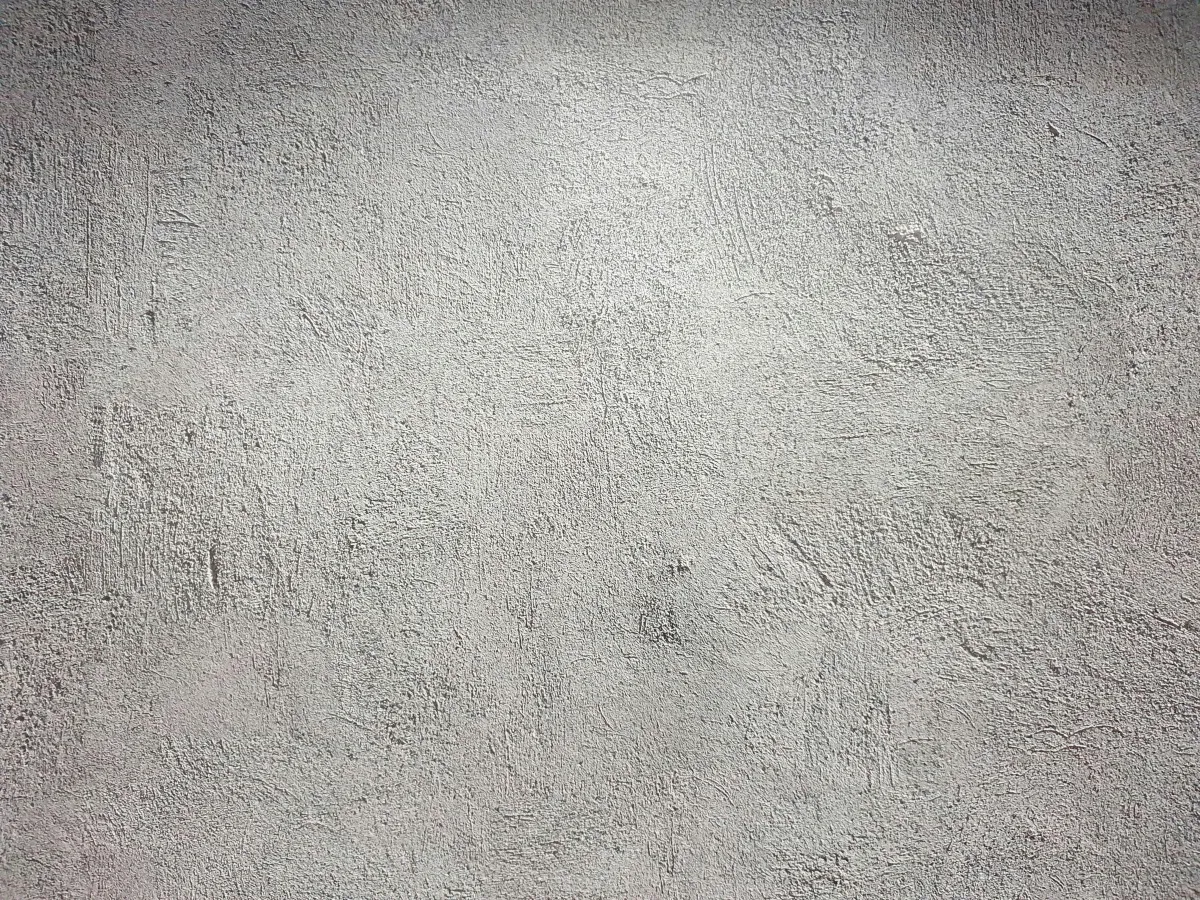
The Lost Art of Traditional Tile Installation: Why Quick and Easy Isn’t Always Better
TL;DR
Modern tile substrates promise speed and convenience, but they often sacrifice quality and longevity.
At Bower Tile, we stick to time-tested, traditional tile installation methods because they ensure a stronger, more durable, and better-looking finish.
The Lost Art of Traditional Tile Installation: Why Quick and Easy Isn’t Always Better
Once upon a time, tile installation was an art form.
Every step was done with precision, patience, and a deep understanding of the materials.
Then came the rise of modern, fast-track methods—pre-made tile substrates that claim to make installation quicker and easier.
And just like that, the tried-and-true techniques that have lasted for centuries started disappearing.
But here at Bower Tile, we’re not ready to let them go.
Because when it comes to tile, faster doesn’t mean better.
And if you’re investing in a tile project for your home, you deserve something that will stand the test of time.

The Traditional Way: Built to Last
Long before tile underlayments came in a convenient roll, tile setters used methods that created incredibly strong and long-lasting surfaces.
Techniques like:
Mud-Set Tile Installation (aka Float Method): A thick, hand-applied mortar bed that provides a perfectly flat, durable base for tile.
Wet-Bed Tile Setting: Where the mortar is applied fresh, allowing the tile to bond seamlessly to the surface.
Thick-Set Shower Pans: A waterproofed, sloped mortar base that prevents leaks and lasts for decades.
These methods weren’t fast, but they were solid.
They created surfaces that stayed flat, resisted cracking, and kept water from seeping where it shouldn’t.
It was tile installation the way it was meant to be—built to last.
The Modern Shift: Convenience Over Quality
Today, the industry has moved toward quick-install tile substrates, like:
Foam Backer Boards
Pre-Made Shower Pans
Peel-and-Stick Underlayments
Now, don’t get us wrong—these materials have their place.
They’re lightweight. They’re easy to cut. And they speed up installation, which is why so many installers use them.
But here’s the problem: they don’t have the same strength as traditional methods.
They flex. They move. They don’t provide the same level of stability as a solid mortar bed.
And when the foundation isn’t solid, guess what happens?
Cracks. Uneven tiles. Grout failure. Leaks.
So while these new materials may be convenient, they often lead to problems down the road—problems that homeowners didn’t sign up for.

Why Bower Tile Sticks to Traditional Methods
At Bower Tile, we’re not in the business of cutting corners.
We’re in the business of doing things right—the first time.
That’s why we still use traditional tile-setting methods whenever possible.
Mud-set showers that stay watertight for decades.
Hand-floated floors that remain level and solid.
Thick mortar beds that create a rock-solid foundation.
Yes, these methods take longer.
Yes, they require more skill.
But we believe your home deserves quality over speed.
Because when you’re investing in a tile project, you want it to last.
You don’t want to deal with cracked grout lines or lifting tiles five years down the road.
You want a surface that stays beautiful and strong for decades—not just a few years.

The Bottom Line: Choose Quality Over Convenience
If you’re planning a tile project, don’t settle for quick and easy.
Ask about the installation methods.
Because the right technique makes all the difference in how long your tile will last.
And if you want a team that still takes pride in traditional craftsmanship, Bower Tile is here for you.
We do things the old-school way—because old-school works.
And we’re not about to let those time-tested techniques fade away